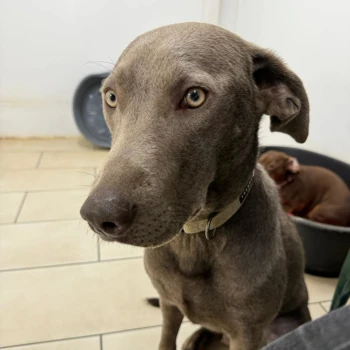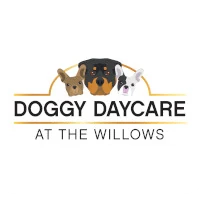How to desensitize a puppy for grooming and visits to the vet
Doggy Day Care at the Willows
![]()
 Knowing how to desensitise a puppy for grooming, visits to the vet and other scenarios is important. It will make them more confident and able to face environments that cause fearful emotions. Desensitisation will also make both your life and the dog’s better in the long run.
Knowing how to desensitise a puppy for grooming, visits to the vet and other scenarios is important. It will make them more confident and able to face environments that cause fearful emotions. Desensitisation will also make both your life and the dog’s better in the long run.
The importance of desensitising puppies
There are various experiences that can cause a puppy to have a strong emotional reaction. Activities such as grooming, vet visits and even using the vacuum cleaner can be very stressful for some dogs. Such situations can become negative triggers, resulting in disruptive or bad behaviours, whenever the dog has to face certain scenarios.
There are some recommended methods for desensitisation. One effective way to desensitise your dog is to combine this method with counterconditioning. This is where a trigger associated with a negative behaviour or emotion is replaced by a positive action such as praise or treats. Always keep your dog’s wellbeing in mind to avoid any excessive stress.
Desensitisation and counterconditioning
We have compiled advice from various trusted dogs’ organisations below:
- Start with small steps – your aim is to find ways to make your dog feel comfortable when facing a visit to a stressful location. Slowly get your dog used to the idea of being closer to the setting that causes a negative reaction. This helps to desensitise the dog to the trigger environment.
- Balance the trigger with a positive emotion – as you walk the dog nearer to the trigger scenario, give them lots of praise or a treat. Keep repeating until you create a new positive association with the setting. This is the counterconditioning process.
- Gently increase the trigger intensity – using desensitisation and counterconditioning, increase the intensity of the trigger situation as gently as possible. If your dog shows signs of distress, stop and lessen the intensity – for example, reduce the distance.
The above steps need to be repeated until your dog can face the vets or groomers without a fearful emotional reaction. The ideal outcome would be for your dog to remain calm when they are taken to a previously stressful setting, showing no signs of worry. If this process does not resolve your dog’s response to negative triggers, speak to a dog trainer. We have a couple of trusted dog trainers we can recommend to you.
Desensitisation helps to build confidence
To conclude, desensitising a puppy will help to build their confidence and improve their wellbeing. Trips to the groomer or the vets will become less stressful for you and your dog.
Socialising can also help to desensitise your dog to new situations, especially if they have separation anxiety.
At Doggy Daycare at the Willows, we have different environments and activities to enrich the lives of our day care dogs. Our team are fully trained and will help you improve your dog’s wellbeing. Our canine day care service can help your dog to build their confidence and socialise with other dogs.
If you would like to improve your dog’s wellbeing, why not get in touch for a chat about our doggy day care service?
Thank you for reading our latest blog, How to desensitize a puppy for grooming and visits to the vet.
Sources:
https://www.dogstrust.org.uk/how-we-help/professionals/vet-clinics/desensitisation
https://www.animalhumanesociety.org/resource/counter-conditioning-and-desensitization
